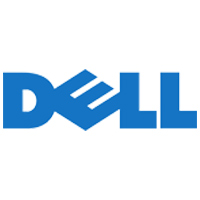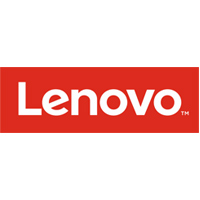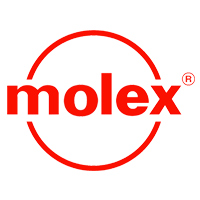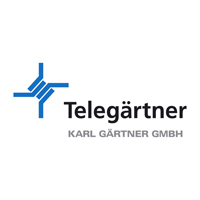NETWORK CABLING
At Axis One we pride ourselves with great and reliable service. We welcome all types of cabling projects.
We specialise in the following cabling services:
- SERVER ROOM CLEAN UP
- NEW CABLING INFRASTRUCTURE
- UPGRADE OF EXISTING CABLING INFRASTRUCTURE
- ADDITIONS TO EXISTING CABLE INFRASTRUCTURE
- REPAIRS TO FAULTY CABLES
Our cable team has vast experience in cable installations of Cat 5E, Cat 6A, Cat 7, single-mode fibre and multi-mode fibre. This includes both indoor and outdoor projects. We adhere to strict quality and safety regulations when implementing projects.
We supply cabling accessories, network access devices (network switches), server cabinets, patch panels, brush panels and cable managers.
Copper
Copper cabling is the most widely used Ethernet transport medium on enterprise networks. A single Ethernet cable consists of eight wires that are tightly twisted around one another. This helps the electronic signals maintain consistency while traveling the length of the cable. Copper Ethernet uses RJ45 almost exclusively for connecting into network cards, routers, switches and any other copper Ethernet-capable devices.
Copper cables are available either as shielded twisted pair (STP) cabling or unshielded twisted pair (UTP) cabling. You’ll likely find STP cabling in areas where there is high electromagnetic interference such as in manufacturing plants with large pieces of equipment. But UTP cabling is more common because it’s cheaper, more pliable, and kink resistant compared to STP.
Copper cables also have different category ratings. A category rating is a TIA/EIA-586 standard that determines the data rates and distances that Ethernet can operate over the cable reliably. Common standards include Cat5e and Cat6A. It’s critical you know the category of your entire cable plant when performing network upgrades. For example, Cat5 cabling can operate at gigabit Ethernet speeds. But in order to take advantage of new multi-gigabit standards such as NBASE-T, you’ll need to operate over Cat5e cabling or higher. Moving up to 10G over copper, Cat5e won’t cut it. It’s at that point where you need to re-cable to Cat6 or higher.

Fibre optics
Fibre optic cabling differs from copper because it uses light beams for data transport instead of electrical signals. Because of this, fibre can often operate at greater distances and is far less prone to electromagnetic interference. Fibre cabling is also much smaller in diameter. This can be a huge benefit in terms of space saving if you’re pulling large numbers of cable bundles inside cable trays and through ceilings and floors
There are two primary types of fibre optic cabling: multimode and single mode. Multimode fibre (MMF) cabling uses multiple strands of glass or plastic inside each cable. This is done to allow the cable to be more pliable while still being able to reliably transport signal from one end of the cable to the next. Multimode fibre for Ethernet transport comes in two different core sizes, 50 and 62.5 micron. MMF cabling is most commonly used for shorter distance runs between switch uplinks and from switches to servers, storage and other infrastructure hardware that uses fibre-capable network cards.
Twinaxial Cabling
The last cabling type networking pros should know about is the twinaxial, or twinax cable. This cable looks like a coax cable that you use for cable television, but in the data center, twinax cabling is a popular choice for very short 10 and 40GbE terminations due to its low-latency capabilities and low cost.
Most twinax cabling that you are likely to come across are known as Direct Attach Copper (DAC) cables. These cables come with transceivers that connect directly into an SFP+ or QSFP+ port. A 10GbE passive DAC can operate at distances up to 30 feet. A passive DAC running 40GbE on QSFP+ interfaces can reach distances up to 15 feet. Similar to fibre optic octopus cables, there are QSFP+ to SFP+ breakout cables in a DAC form factor.
24 Hour Response Time!

The monitor you sold me works amazingly well. All accessories and equipment works were there. Thanks guys!

Amazing to say the least. Everything working and incase of any challenges the support line is always open and attended to for assistance. Thanks guys. Really appreciate it

Axis One has the most professional technicians with unmatched expertise. Thank you so much for setting up my internet and organising my cabling.

Dankie Axis One. Lekker job on the cabling and wifi hotspots around my house. Haven’t had any issues since. Keep it up.















